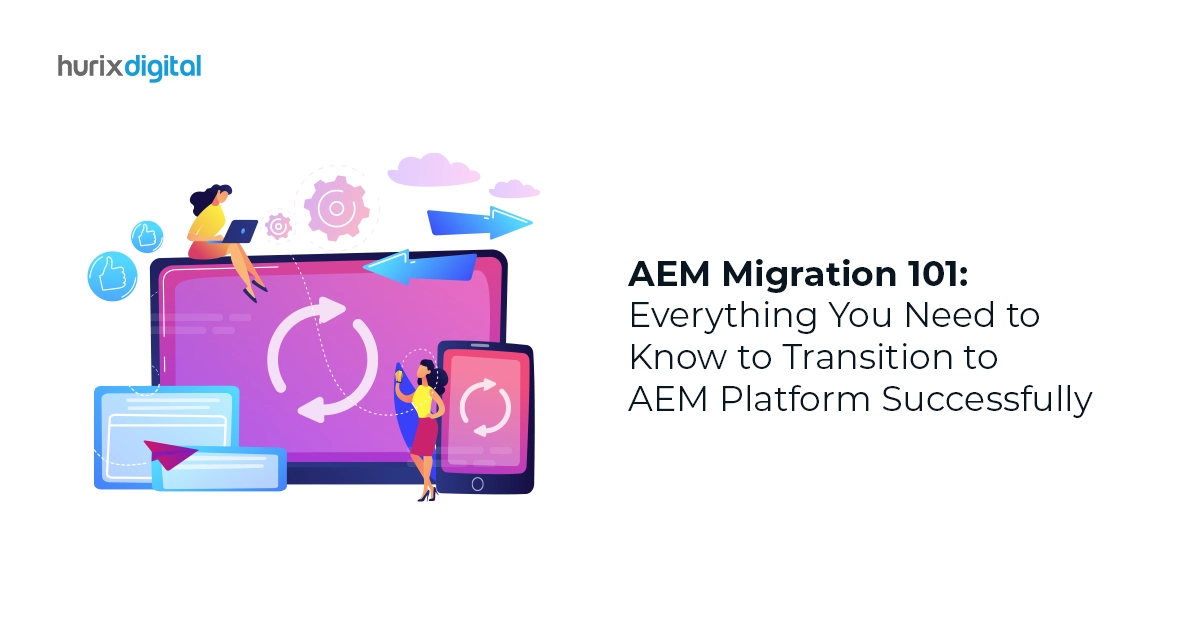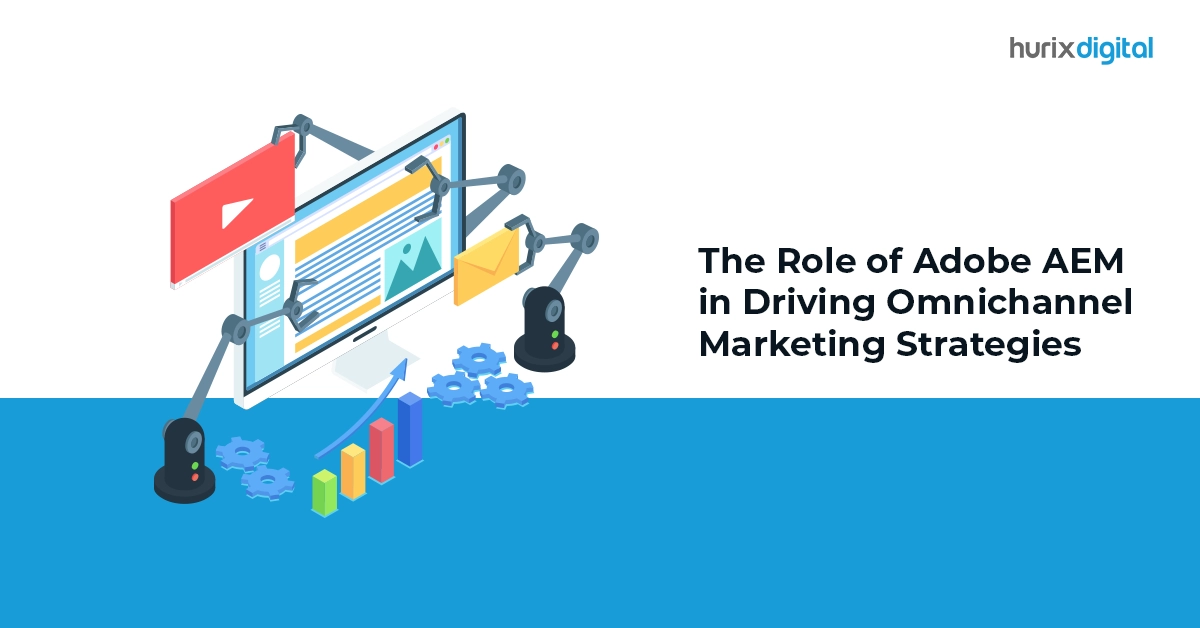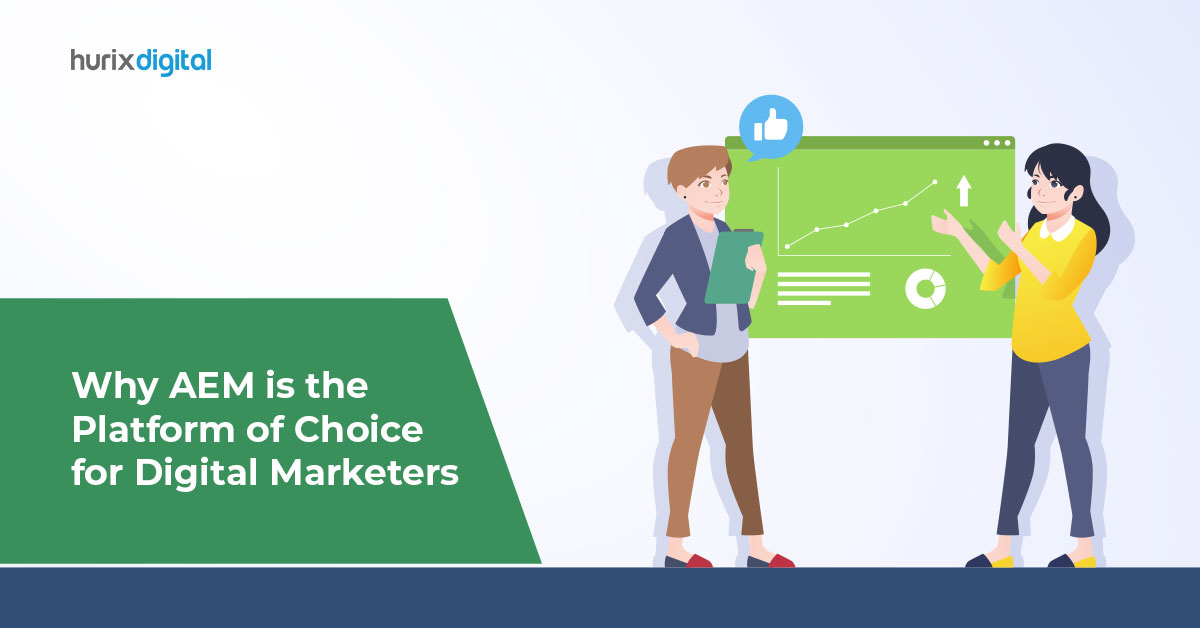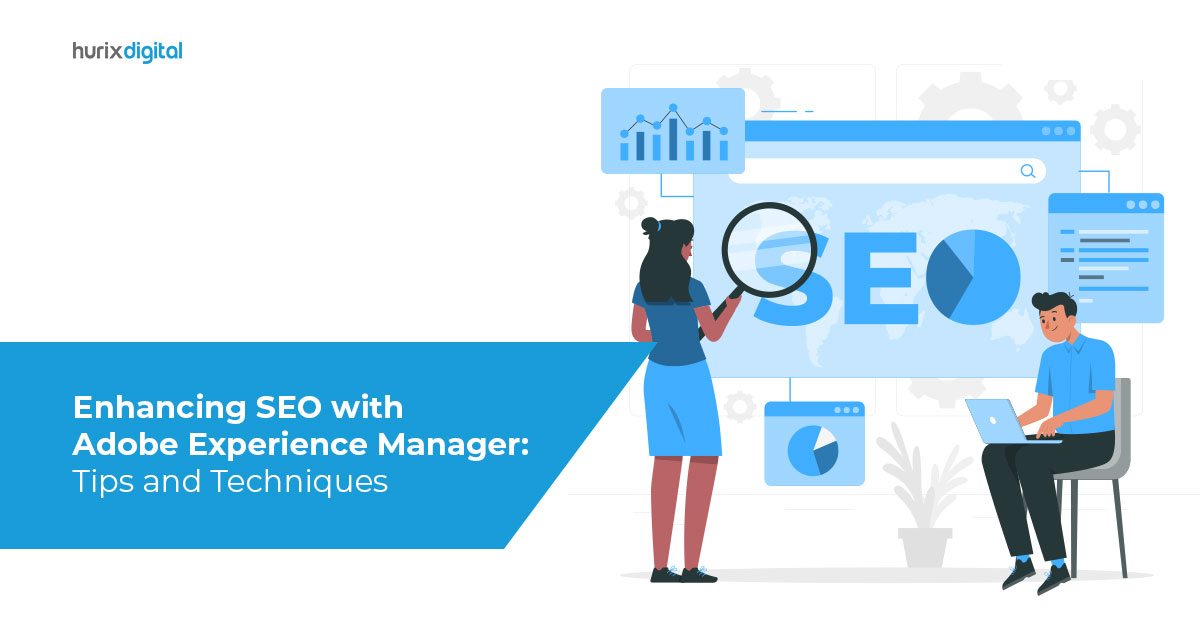
AEM Migration 101: Everything You Need to Know to Transition to AEM Platform Successfully
Summarize with:
Did you know that 0.2% of all content management system websites use AEM? Adobe Experience Manager (AEM) is a powerful and versatile content management system that enables you to create, manage, and deliver engaging digital experiences across multiple channels and devices.
AEM platform offers many benefits, such as improved content quality and consistency, and reduced costs and risks.
However, migrating from legacy systems to an AEM platform can be a complex and daunting process involving many technical and business aspects.
So, how can you navigate AEM migration successfully and avoid the common pitfalls? In this blog, we will share some expert guidance and best practices for seamless AEM platform transitions.
Table of Contents:
- Why Migrate to the AEM Platform?
- What are the Challenges of AEM Migration?
- A Step-by-step Guide to AEM Migration
- Conclusion
Why Migrate to an AEM Platform?
Before we dive into the details of AEM migration, let’s first understand why you should migrate to the AEM platform in the first place.
AEM platform is not just a content management system but a comprehensive digital experience platform that integrates with other Adobe products, such as Adobe Analytics, Adobe Target, Adobe Campaign, and Adobe Commerce Cloud.
This allows you to leverage the power of Adobe’s cloud-based solutions to deliver personalized, omnichannel, and data-driven experiences to your customers.
Some of the key reasons to migrate to an AEM platform are:
- To keep up with the changing customer expectations and preferences
- To gain a competitive edge and differentiate your brand in the market
- To optimize your content creation and delivery processes
- To improve your content performance and ROI
Also Read: AEM Development Services: How to Choose the Right Provider for Your Project?
What are the Challenges of AEM Migration?
AEM migration is not a simple task that can be done overnight. It requires careful planning, execution, and monitoring to ensure a successful outcome. Some of the common challenges that you may face during AEM migration are:
1. Data Transition
Data migration involves shifting your current content, assets, and metadata from older systems to an AEM platform.
- This task can be quite time-consuming and prone to errors, especially when dealing with large volumes of data or intricate data arrangements.
- There might be a need to alter or reconfigure your data to ensure compatibility with the AEM platform.
2. Validation of Compatibility
88% of users abandon an app if it doesn’t perform well across different platforms and devices. This underscores the importance of thorough compatibility testing to ensure user retention and satisfaction.
Compatibility testing is the process of ensuring that your transferred content and assets function correctly on the AEM platform and across various browsers, devices, and operating systems.
However, this process can demand significant time and resources, particularly when dealing with diverse content variations or customizations. Addressing any detected bugs or issues during testing is also essential.
3. Risk Management
Risk mitigation involves recognizing and addressing potential risks and hurdles that could impact your AEM migration initiative.
These risks may encompass technical aspects like data loss, corruption, or system downtime, along with business-related concerns such as budget overruns, project delays, or dissatisfaction among stakeholders.
Developing contingency plans and backup strategies is crucial for handling unforeseen circumstances or emergencies.
4. Adaptation Management
Change management focuses on ensuring that your organization and stakeholders are prepared and willing to embrace the new AEM platform and the accompanying changes.
- This entails communicating the advantages and value of the AEM platform, providing training and education to users and teams, and addressing any resistance or feedback that may arise.
- Alignment of organizational culture and processes with the capabilities of the new AEM platform is also essential.
A Step-by-Step Guide to AEM Migration
AEM migration can be a smooth and successful process if you follow the recommended best practices and tips.
Here are some of the ways to overcome the challenges of AEM migration and ensure a seamless platform transition:
1. Define Your Goals and Scope
Before you start your AEM migration project, you should clearly define your goals and scope. Here are some factors you need to consider before you start the migration process:
- Identify specific objectives that help prioritize tasks and resources effectively, enhancing project efficiency and success.
- Understand the content and assets slated for migration. This aids in devising appropriate strategies and mitigating potential challenges.
- Assess the timeline to create a realistic plan. This makes the process of scheduling and resource allocation easier, preventing delays and unexpected setbacks.
- Establish a clear budgetary framework. This enables the proper allocation of financial resources and facilitates decision-making throughout the migration process.
This will help you set realistic expectations and measure your progress and results.
2. Assess Your Current State
Assess your current state, such as what systems and tools you are using, what content and assets you have, and what quality and performance issues you are facing before migrating to the AEM platform.
This will help you identify your gaps and opportunities and prioritize your migration tasks.
3. Plan Your Migration Strategy
Based on your goals, scope, and current state, plan your migration strategy.
- This will include planning how you will migrate your content and assets, what tools and methods you will use, and what steps and phases you will follow.
- Don’t forget to define your roles and responsibilities, your governance and quality standards, and your testing and validation criteria.
4. Execute Your Migration Plan
Once you have your migration plan ready, you should execute it according to your schedule and milestones.
- Monitor and track your migration activities and outcomes, and report your status to your stakeholders.
- Resolve any issues or challenges that may arise during migration and ensure that your migrated content and assets meet your expectations and requirements.
5. Evaluate Your Migration Results
After you have completed your migration, evaluate your migration results, such as how well you achieved your goals and scope, how much time and money you spent, and how satisfied your stakeholders are.
Additionally, collect and analyze feedback and data from your users and customers, and identify any areas for improvement or optimization.
Check out EXCLUSIVE: Hurix Mini-Book: Mastering AEM & Platform Services – A Comprehensive Guide
Conclusion
AEM migration can be a rewarding and beneficial process for your organization if done right. With the right guidance and strategy, you can achieve a seamless and hassle-free transition to the AEM platform and enjoy its many advantages.
If you are looking for a reliable and experienced partner to help you with AEM migration, look no further than Hurix Digital. Hurix Digital offers comprehensive services to streamline your AEM migration journey.
Our team of experts will assess your current systems, develop a tailored migration plan, and execute it efficiently, ensuring minimal disruption to your operations. Contact us today to get started!
Summarize with:

Vice President & SBU Head –
Delivery at Hurix Technology, based in Mumbai. With extensive experience leading delivery and technology teams, he excels at scaling operations, optimizing workflows, and ensuring top-tier service quality. Ravi drives cross-functional collaboration to deliver robust digital learning solutions and client satisfaction
 A Space for Thoughtful
A Space for Thoughtful 



